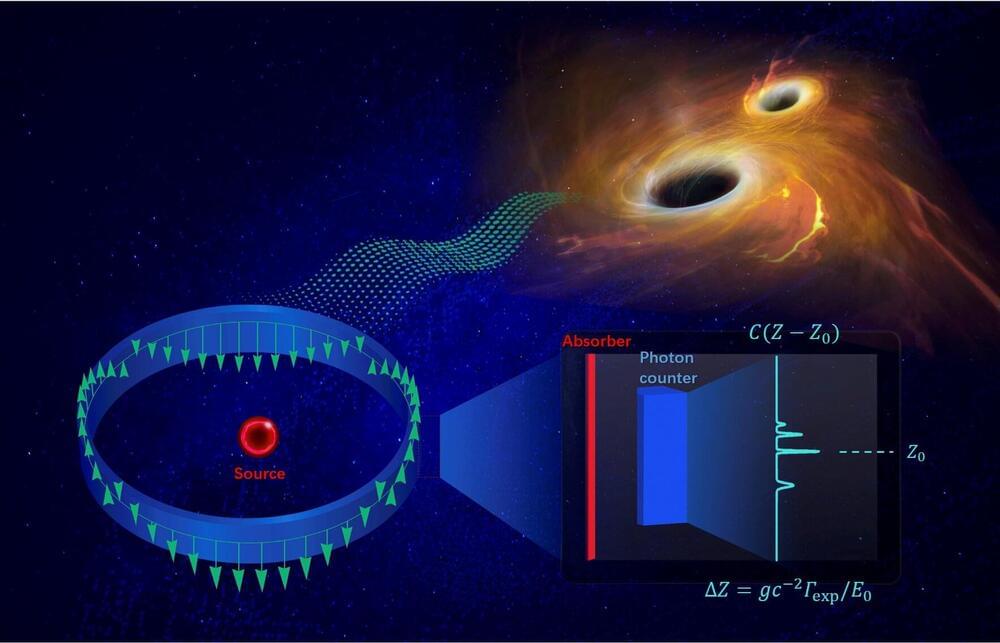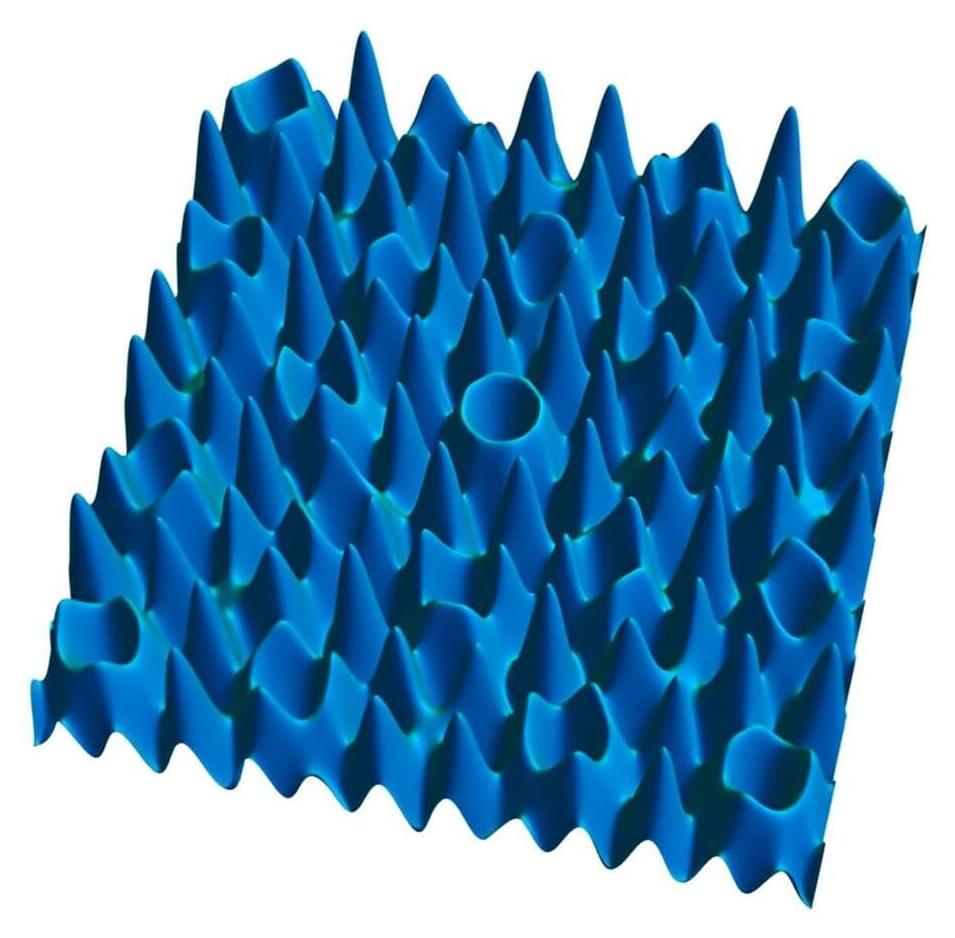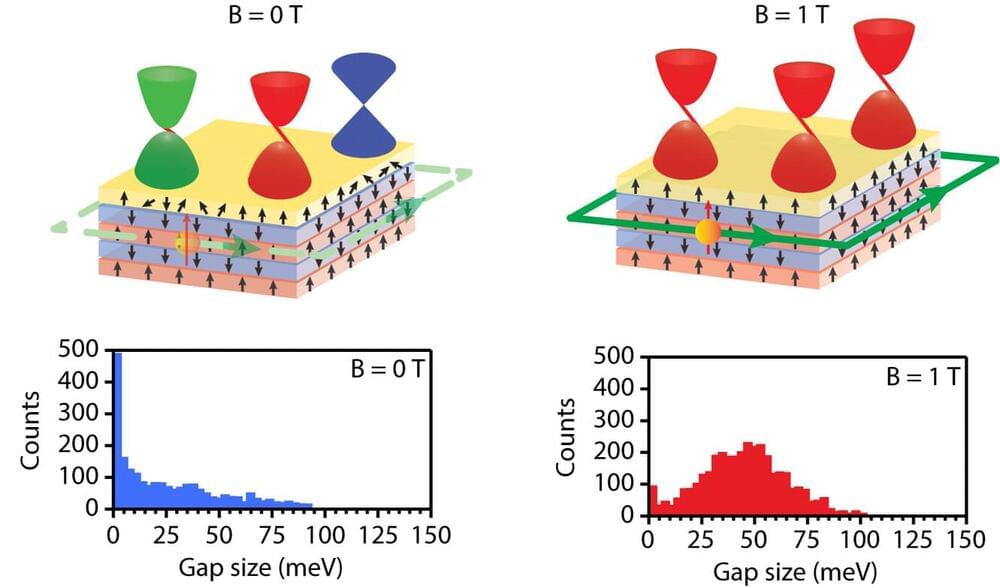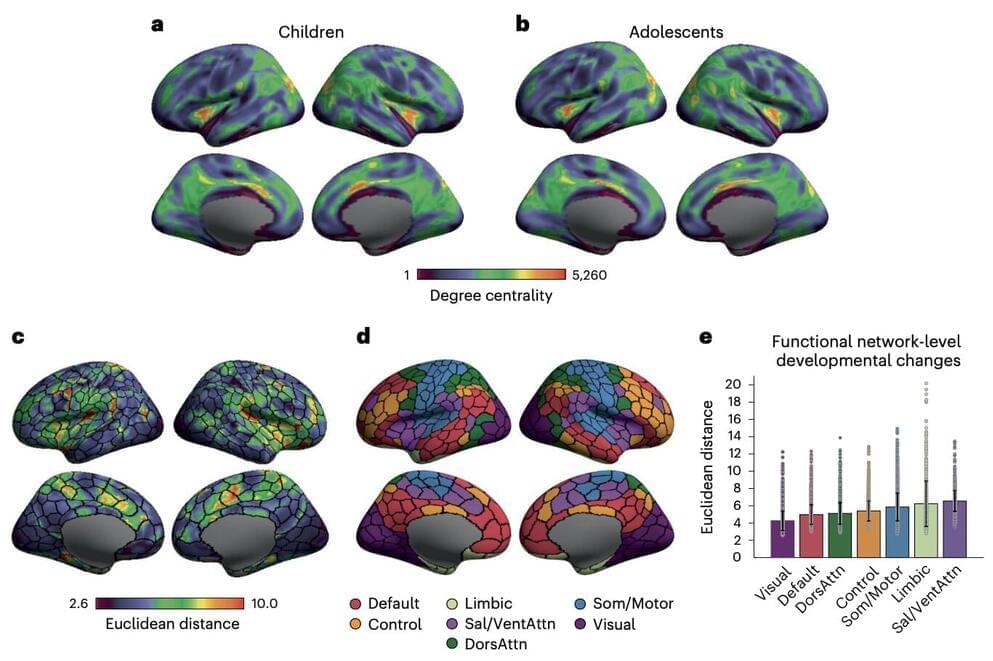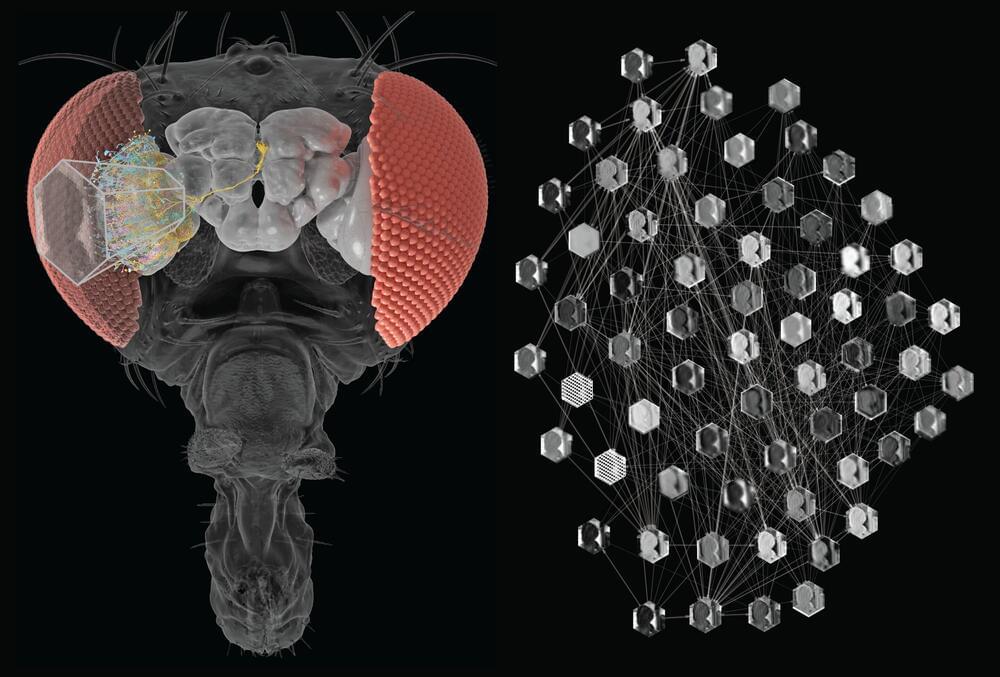Scientists at the Institute of High Energy Physics (IHEP) of the Chinese Academy of Sciences have proposed an innovative method to realize gravitational wave detection by utilizing Mössbauer resonance. Their findings, recently published in Science Bulletin, highlight a new approach that could revolutionize the study of gravitational waves.
Most atoms are made from positively charged protons, neutral neutrons and negatively charged electrons. Positronium is an exotic atom composed of a single negative electron and a positively charged antimatter positron. It is naturally very short-lived, but researchers including those from the University of Tokyo successfully cooled and slowed down samples of positronium using carefully tuned lasers.
Physicists from the Cavendish Laboratory in Cambridge have created the first two-dimensional version of the Bose glass, a novel phase of matter that challenges statistical mechanics. The details of the study have been published in Nature.
In an exciting development for quantum computing, researchers from the University of Chicago’s Department of Computer Science, Pritzker School of Molecular Engineering, and Argonne National Laboratory have introduced a classical algorithm that simulates Gaussian boson sampling (GBS) experiments.
Yet, the current flow along these topologically protected, one-dimensional edges has proven to be far from robust. With the QAHE breaking down in magnetically doped topological insulators at temperatures higher than 1 Kelvin, well below the temperatures predicted by theory.
A new class of materials, known as intrinsic magnetic topological insulators (MTIs), for example MnBi2Te4, possess both non-trivial topology and intrinsic magnetism and are predicted to offer more robust QAHE at higher temperatures than magnetically doped topological insulators.
In MnBi2Te4 it has been shown that the QAHE can survive up to 1.4 K, and interestingly, this can rise to 6.5 K with the application of stabilizing magnetic fields, providing hints at the mechanisms that are driving the breakdown of topological protection.
Researchers have developed a new smartphone-based digital holographic microscope that enables precision 3D measurements. The highly portable and inexpensive microscope could help bring 3D measurement capabilities to a broader range of applications, including educational uses and point-of-care diagnostics in resource-limited settings.
Photonic applications harness the power of light-matter interactions to generate various intriguing phenomena. This has enabled major advances in communications, medicine, and spectroscopy, among others, and is also used in laser and quantum technologies.
Past neuroscience studies have consistently highlighted the profound changes that the human brain undergoes throughout childhood and adolescence. These efforts have uncovered various stages of development, during which the brain’s organization evolves to support increasingly complex cognitive functions, gradually shifting from a focus on somatosensory/motor and visual processing to more advanced mental capabilities.
These stages of brain development and their underlying neurobiological processes have been closely studied and are now relatively well-understood. In contrast, the contributions of specific functional networks (i.e., interconnected brain regions that collectively serve specific functions) to the brain’s maturation process remain poorly delineated.
Researchers at Yale University, National University of Singapore and Beijing Normal University carried out a study investigating the extent to which individual functional networks contribute to the maturation of the brain and the gradual acquisition of new cognitive abilities before adulthood.
With maps of the connections between neurons and artificial intelligence methods, researchers can now do what they never thought possible: predict the activity of individual neurons without making a single measurement in a living brain.
For decades, neuroscientists have spent countless hours in the lab painstakingly measuring the activity of neurons in living animals to tease out how the brain enables behavior. These experiments have yielded groundbreaking insights into how the brain works, but they have only scratched the surface, leaving much of the brain unexplored.
Now, researchers are using artificial intelligence and the connectome—a map of neurons and their connections created from brain tissue —to predict the role of neurons in the living brain. Their paper has been published in the journal Nature.
P-adic numbers in de Sitter Space
Posted in space
